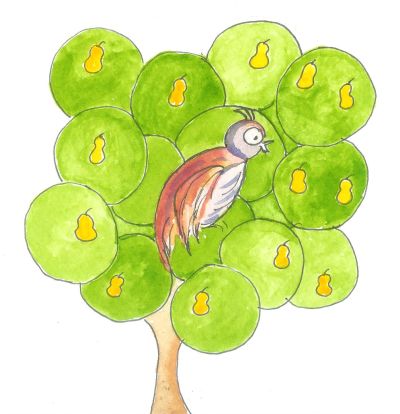 Is it a human trait to make things more complicated than they need to be? The more I observe people’s behaviour, including my own, the more I’m convinced it’s true.
Is it a human trait to make things more complicated than they need to be? The more I observe people’s behaviour, including my own, the more I’m convinced it’s true.
There’s evidence of it everywhere, including in the way people write. One example is inserting unnecessary apostrophes to make something plural.
For most English words, to make something plural you add ‘s.’ One partridge, some partridges. One turtle dove; two turtle doves. One piper piping; 11 pipers piping. Five golden rings. It’s pretty simple.
Oh, there are exceptions, such as when a word ends in ‘y.’ One lady dancing; nine ladies dancing. And if the word is Latin, Greek or another language, all bets are off.
But, most of the time, simply adding ‘s’ will do the trick.
So WHY do so many people seem to think it’s right to add an apostrophe before the ‘s?’ I see it in tweets and blog posts, emails, ads and signs. Or, as they would write, tweet’s, post’s, email’s, ad’s and sign’s. Yikes! Where did they learn to do that? It’s not just wrong – it’s more work. The very act of creating an apostrophe on your keyboard involves shift keys and using the awkward finger. Double the work if you’re using your phone to type.
Here’s the fix.
If you suspect you might be guilty of adding unnecessary apostrophes (Who, me?) there’s a trick you can try when you’ve finished your writing. In MSWord, use the [ Find ] feature and search for [ ‘s ]. As each incidence is displayed, for example, ‘partridge’s,’ check to see if it should be ‘partridge’s’ – as in belonging to the partridge – or ‘partridges,’ as in more than one partridge. Using the spelling checker may also highlight the errors, but you’ll be more certain you’ve caught mistakes if you check with your own eyeballs.
As an added bonus, that technique will also help you notice if you’ve used ‘it’s’ when you mean ‘its.’ But that’s another post.



